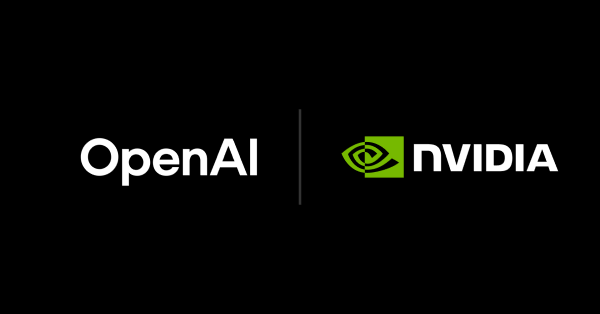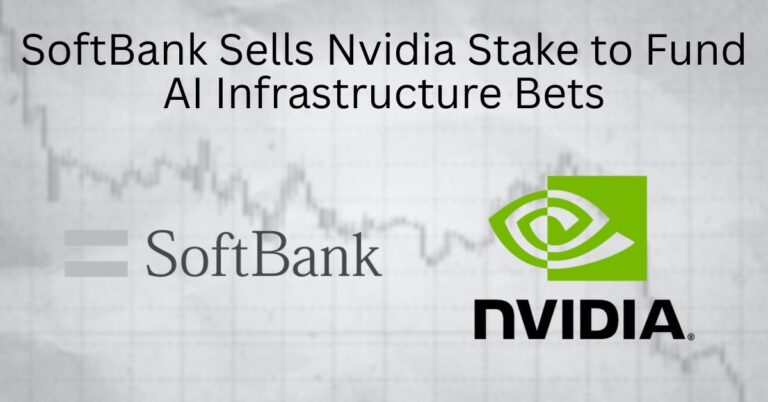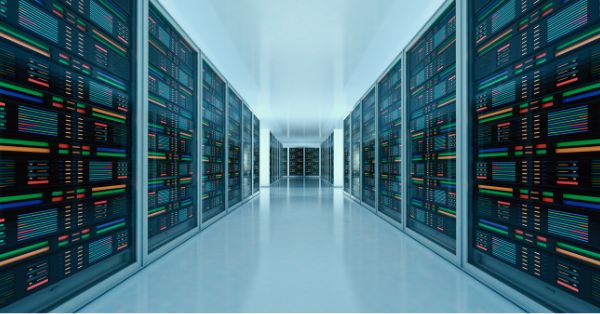OpenAI–NVIDIA 10GW AI plan overview
OpenAI and NVIDIA unveiled a multi‑year plan to deploy 10 gigawatts of NVIDIA systems, marking one of the largest single commitments to AI compute to date.
10GW AI “factory” rollout and GPU scale
The partners outlined an ambition to stand up AI “factories” totaling roughly 10GW of power, equating to several million GPUs across multiple sites and phases as capacity and supply chains mature.
The first waves will use NVIDIA’s next‑generation Vera Rubin systems beginning in the second half of 2026, pointing to a cadence that aligns with NVIDIA’s architecture roadmap and high‑bandwidth memory (HBM) availability.
Funding milestones and preferred supplier strategy
NVIDIA plans to invest up to $100 billion in OpenAI, with tranches released as milestones are met; the first $10 billion aligns to completion of the initial 1GW.
NVIDIA will serve as a preferred supplier of compute and networking, complementing OpenAI’s existing work with Microsoft Azure, Oracle Cloud, SoftBank, and the Stargate initiative.
Impact on telecom, cloud, and data center networks
The scale and timing reset expectations for data center networks, long‑haul capacity, and power‑dense facilities that telecom and cloud operators must enable.
Transition to 800G/1.6T fabrics for AI clusters
AI training clusters at this scale will accelerate the shift to 800G optics and start the transition to 1.6T, with leaf‑spine and super‑spine fabrics optimized for GPU flows and collective communications.
Vendors across Ethernet switching and InfiniBand will compete to deliver low‑latency, lossless fabrics; procurement choices will hinge on maturity of RDMA over Converged Ethernet (RoCEv2), congestion control, and telemetry.
Surge in long‑haul, metro fiber, and coherent optics
Multi‑gigawatt campuses drive multi‑terabit inter‑data‑center links, dark fiber leases, and new coherent optical deployments, including 400G ZR/ZR+ and 800G pluggables for metro and regional backbones.
Expect ripple effects on subsea capacity planning and data gravity, with more AI traffic shifting to private wave services and high‑availability routes near renewable generation.
Edge inference and sovereign AI deployment paths
While OpenAI’s build is centralized, it will catalyze telco‑edge opportunities for inference, content adaptation, and data residency, especially where sovereign AI requirements limit cross‑border processing.
Operators can co‑design smaller GPU pools at the network edge for latency‑sensitive use cases while peering with hyperscale training hubs.
Deployment economics and phased timeline
The economics and phasing define how fast enterprises and operators can participate in this AI upcycle.
GW‑scale capex and phased capacity ramp
Industry guidance suggests 1GW of AI data center capacity can run tens of billions of dollars when accounting for land, power, cooling, construction, networking, and the GPU systems themselves.
By deploying progressively, OpenAI and NVIDIA can match capital to chip and HBM supply while ramping software and safety controls; early capacity lands in 2026, with subsequent waves tied to manufacturing and grid readiness.
HBM, packaging, optics, and power gear bottlenecks
HBM availability, advanced packaging (e.g., CoWoS), optical transceivers, and high‑end switch ASICs remain gating factors that will influence delivery schedules and top‑of‑rack designs.
Lead times for large power transformers, switchgear, and liquid cooling components are also critical, pulling utilities and specialist OEMs into the critical path.
Design choices shaping AI TCO and reliability
Design choices across fabric, cooling, and software will determine utilization, TCO, and service quality.
GPU interconnects: Ethernet (RoCEv2) vs InfiniBand
NVIDIA’s preferred stacks combine tightly coupled GPU nodes with high‑bandwidth, low‑latency interconnects and in‑network acceleration to speed training at cluster scale.
Many buyers will evaluate standardized Ethernet with 800G ports and advanced QoS versus InfiniBand for the largest training jobs; both require precise buffer, ECN, and PFC strategies to avoid head‑of‑line blocking.
Liquid cooling adoption and facility upgrades
Power densities for next‑gen GPU systems force a transition to direct‑to‑chip or immersion cooling, redesigned white space, and new maintenance playbooks.
Operators should plan for hybrid cooling during migration, hot‑aisle containment rework, and service level changes as racks exceed 80–120 kW each.
Cluster orchestration, observability, and AI safety
At this scale, orchestration needs cluster‑aware schedulers, data pipeline optimization, and robust observability across compute, network, and power domains.
OpenAI has flagged safety and reliability as core priorities, implying staged rollouts, red‑team gating, and cost controls to manage runaway jobs and model risks.
Shifts in AI infrastructure ecosystem and competition
The partnership reshapes supplier roadmaps, capital flows, and platform choices across AI infrastructure.
Cross‑cloud capacity and global siting partners
OpenAI’s expansion complements Azure’s AI services and OCI’s NVIDIA‑based offerings, while SoftBank’s infrastructure footprint and the Stargate program point to global siting and power diversity.
Enterprises should expect more cross‑cloud distribution of training and inference, with capacity brokering across partners.
AMD and custom silicon in multimodal AI stacks
AMD’s accelerator roadmap and cloud‑provider silicon efforts (e.g., training and inference chips) will push a multimodal supply strategy, especially for inference where price‑performance diverges.
Standards like CXL and UCIe, plus open hardware from OCP, will influence memory pooling and composability decisions in mixed‑vendor estates.
NVIDIA’s vertical investments across the AI stack
NVIDIA has expanded strategic stakes and technology deals across the stack, including investments in established chipmakers, data center startups, and interconnect IP, to de‑risk bottlenecks and seed demand.
This outward investment signals continued vertical integration around compute, networking, and software ecosystems.
Strategic actions for telcos, clouds, and enterprises
Telecom operators, cloud providers, and enterprises should align roadmaps now to ride the capacity wave without overpaying for stranded assets.
Power, fiber, cooling, and AI peering playbook
Secure multi‑year power and fiber, including utility interconnects, PPAs, and metro rings sized for multi‑Tbps east‑west traffic.
Ready facilities for liquid cooling and 800G optics; pilot lossless Ethernet at AI‑rack density and validate RoCEv2 controls under load.
Develop AI peering and colo offers near hyperscale campuses; package sovereign and edge inference services for regulated sectors.
Dual‑track adoption and TCO governance
Adopt a dual‑track strategy: reserve capacity on managed AI clouds while piloting on‑prem reference designs for data‑sensitive workloads.
Model TCO with realistic utilization; track token costs versus model quality to time procurement around new GPU generations.
Harden data pipelines, governance, and safety reviews to avoid bottlenecks when capacity becomes available.
Execution risks: power, policy, and ROI
Execution will hinge on power, policy, and ROI discipline as the industry attempts an unprecedented scale‑up.
Grid, permitting, and regulatory constraints
Grid constraints, transformer lead times, and local permitting could delay sites; regulatory shifts on AI safety and data residency may add constraints to siting and routing.
Model cost volatility, lock‑in, and payback risks
Training costs will remain volatile with silicon, HBM, and optics supply; enterprises should stress‑test payback assumptions under slower adoption or higher energy prices.
Monitoring vendor lock‑in, portability across fabrics, and exit options will be essential as contracts scale into the billions.









































